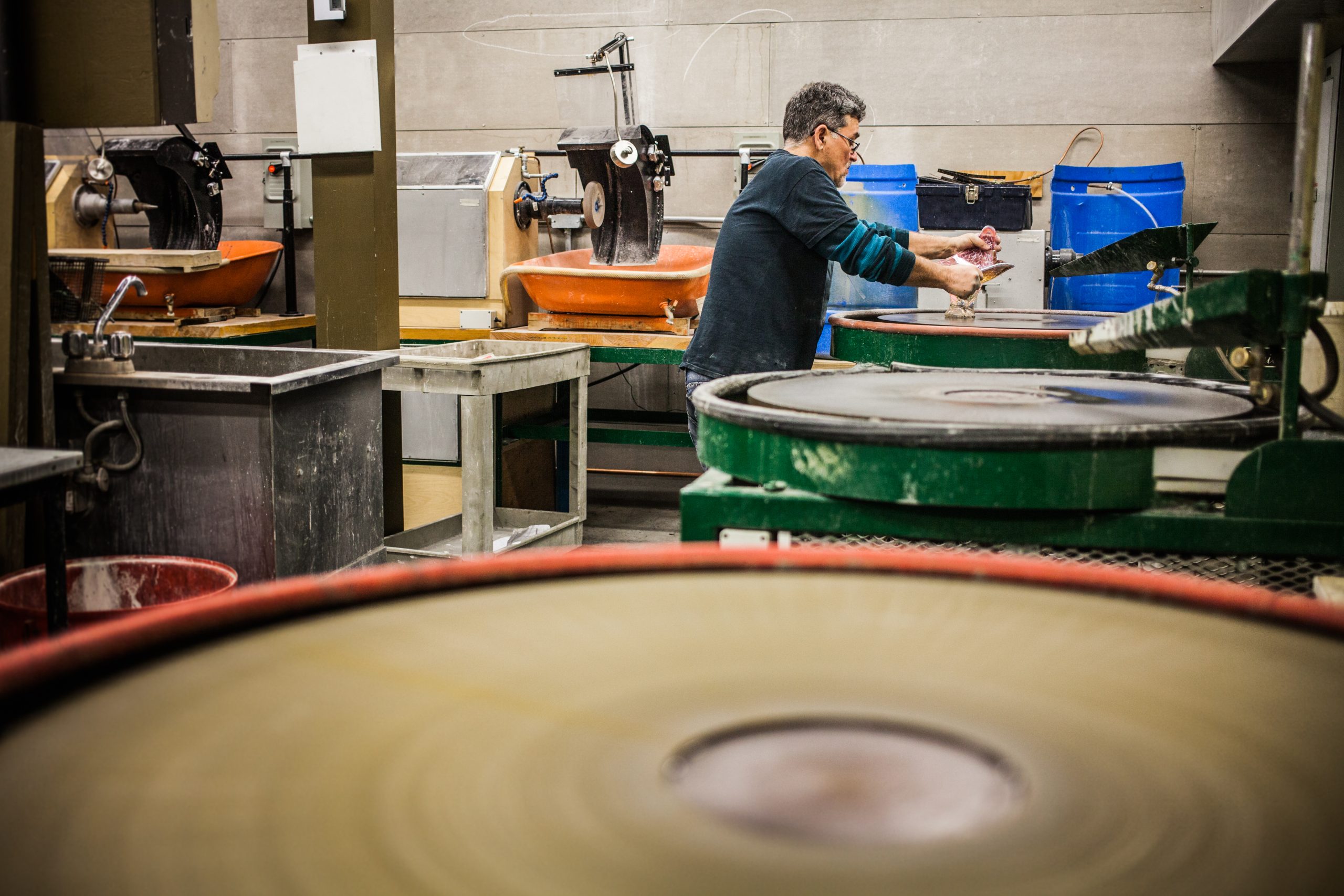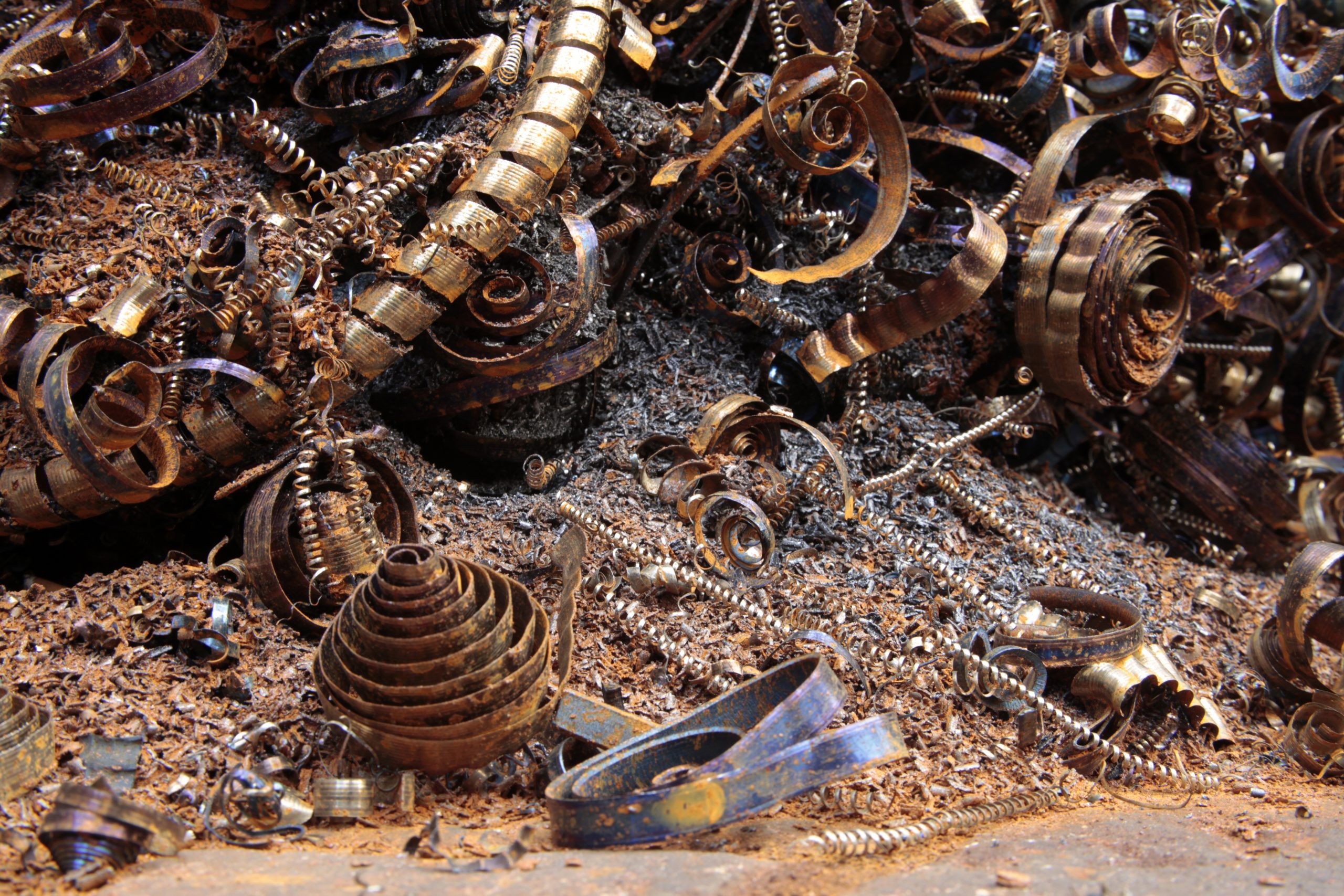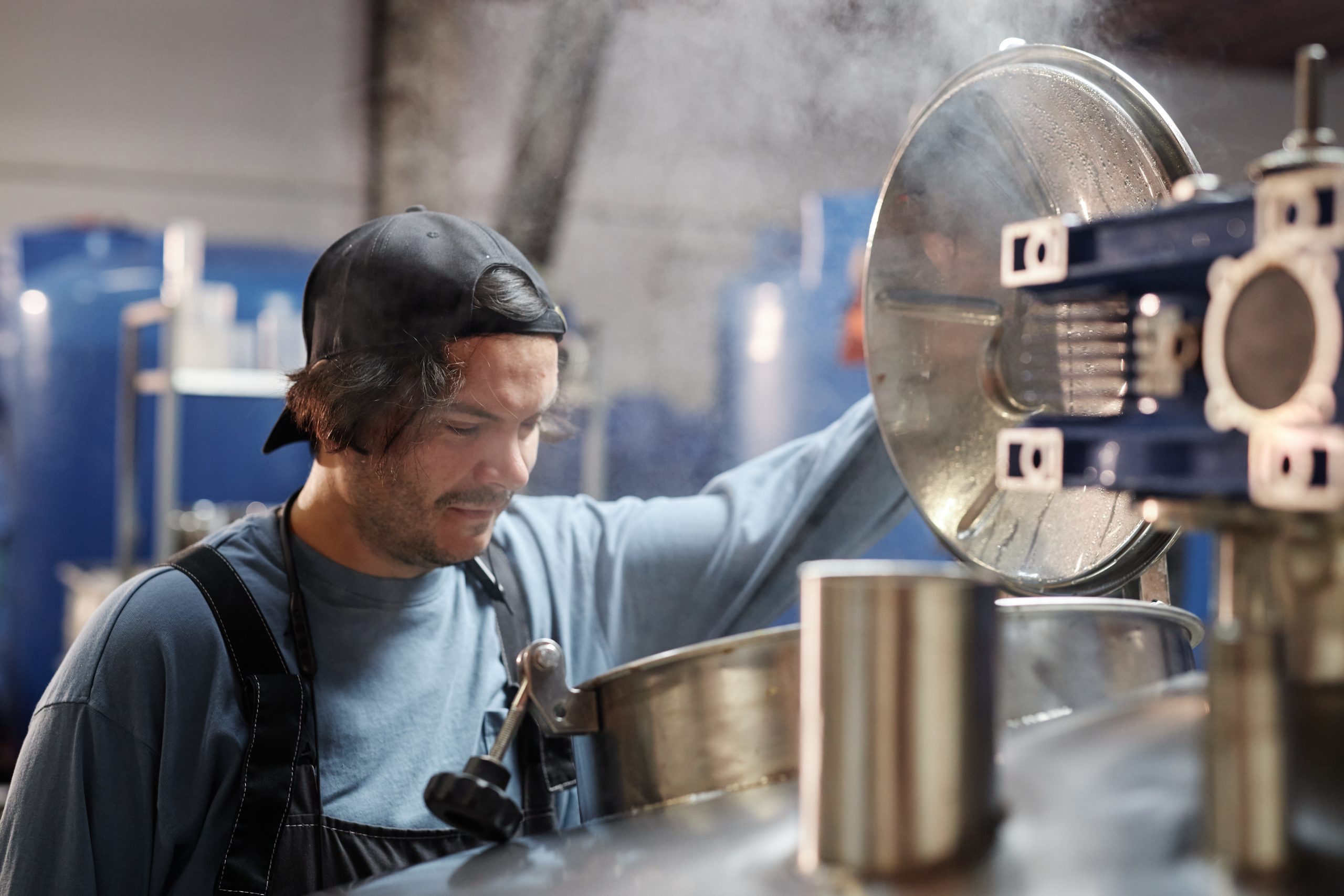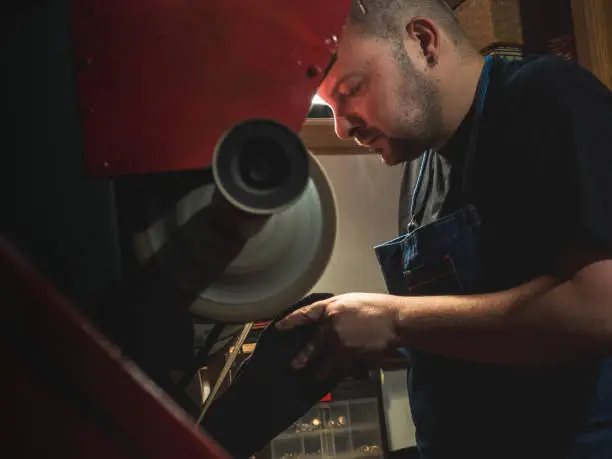
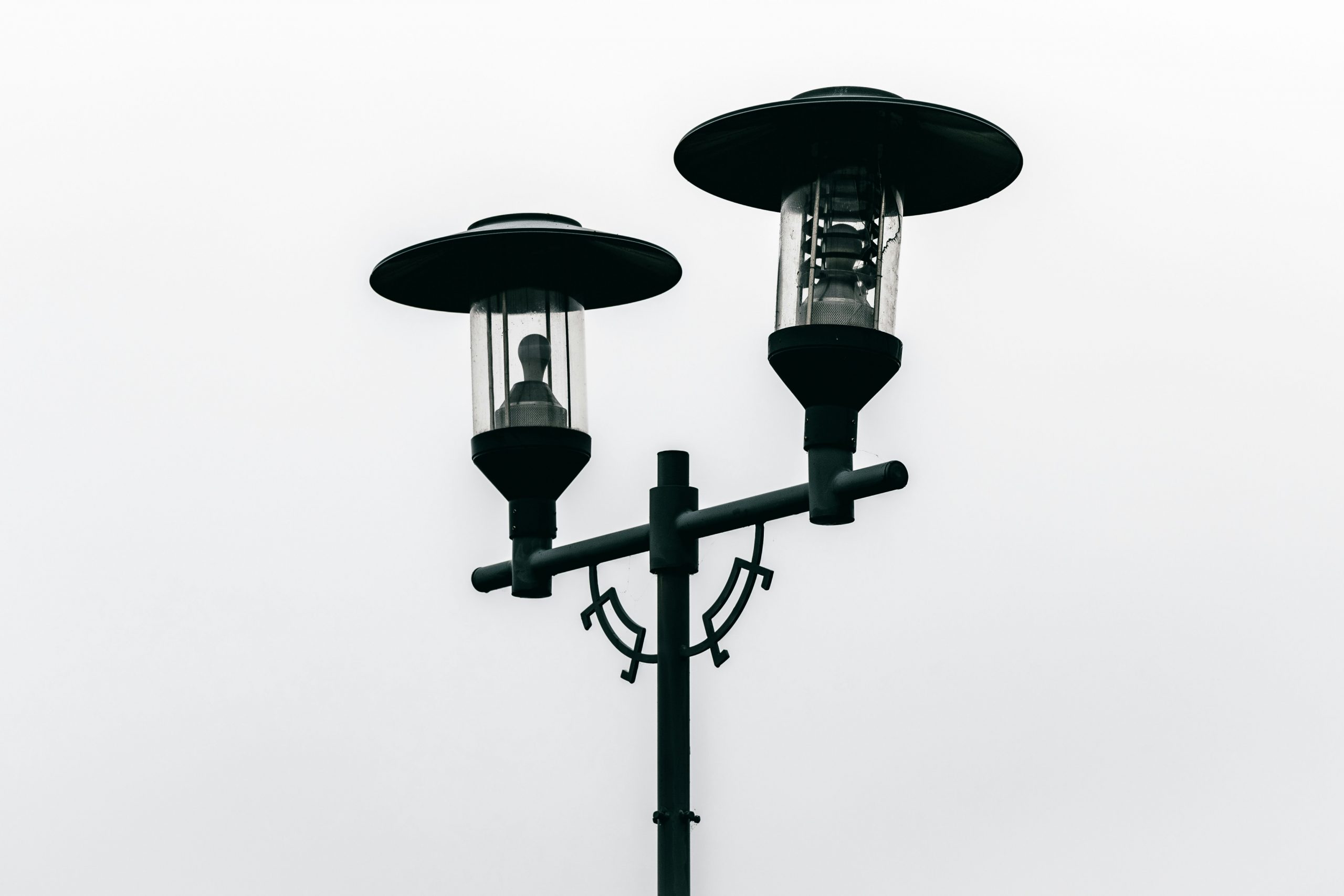
What lighting components can be made with metal spinning?
Lighting is one of those aspects of running an industrial facility that can easily be overlooked. However, every factory and manufacturing facility needs adequate lighting to support their operations and uphold health and safety requirements. Of course, lighting components also see a great deal of use in residential properties as well. In this article, we’ll be going over the range of different lighting components that can be made through metal spinning, along with their uses and how the metal spinning process enables mass production.
What metal shapes need to be spun for lighting components?
When it comes to lighting systems, there are a number of common components that are needed regardless of the end function of the system. This can include:
- Lamp shade.
- Reflectors.
- Lamp holder.
- Wiring.
- Lens.
- Part trim.
- Lighting controls and sensors.
There can then be lots of scope for additional components to be added based on the system. For instance, a strip LED light requires a completely different shape metal covering than a hanging light bulb with a classic cone lamp shape. In addition, the business may need entirely unique lighting systems for the work they’re doing or the products they make. In these cases, bespoke metal spinning services can be an effective option for producing new lighting components without inflated costs or lead times.
Metal spinning for lighting parts
Tanfield Metal Spinners Limited is proud to support vital industries such as the lighting industry, through the provision of precision spun metal parts. The following are examples of important lighting components that can be made with the application of metal spinning techniques.
Metal spinning is an ideal forming process for the creation of symmetrical metal cones, which makes it extremely efficient at producing industrial-grade lamp shapes. The shape of the shade is important as it dictates how the light shines. As such, as an experienced metal fabrication company, Tanfield has a range of tooling stock to spin lighting shades in a variety of shapes and sizes.
Lighting elements can sometimes feature metalwork that is more decorative than functional. This trim is typically used to cover any gaps between the light and the wall/ceiling material. Lighting trim is typically manufactured separately so it can be fitted after the building’s walls have been finalised. Here, the flanged ends must be shaped to a high degree of tolerance to ensure they can snap into place. Metal spinners always work to strict tolerances and quality assurances outlined by ISO 9001.
In almost all lighting fixtures there’s one or more metal components designed to house the more delicate parts of the system. This includes the wiring, lenses, sockets, and bulbs. These components can benefit from being formed using metal spinning as the process makes sure their integrity is maintained, as well as being made to a consistent size.
Cup or bowl-shaped coverings often feature on pendant and bollard light fittings respectively. These hemispheres are the bread and butter of the parts that can be produced by metal spinning. As a result, these components can be created on a large scale without incurring high production costs or requiring lots of time. One of the main benefits of metal spinning is the repeatability of the process, especially with the use CNC lathe machines.
Experienced north east metal spinning UK
Tanfield Metal Spinners has the capabilities necessary to conduct cold forming of large simplistic parts, as well as small bespoke components for technical industries. This is predominantly due to our massive tooling stock, which enables us to produce metal spun parts in many different sizes. In addition, our team’s expertise in the field allows us to generate accurate quotes and deliver on them in a quick timeframe. You can get in touch with us using the ‘talk to an expert’ form at the top of our website.

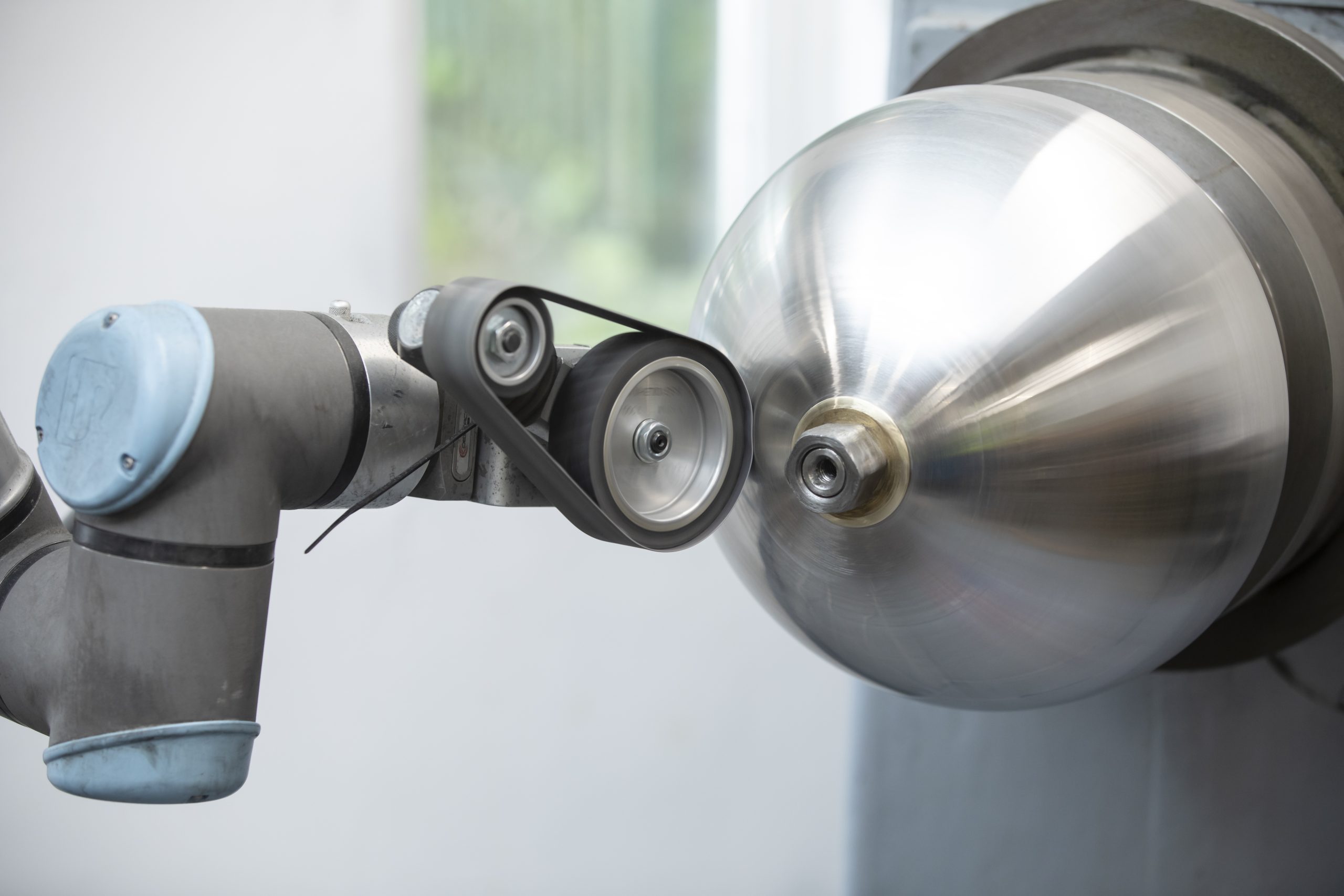 Metal Spinning
Metal Spinning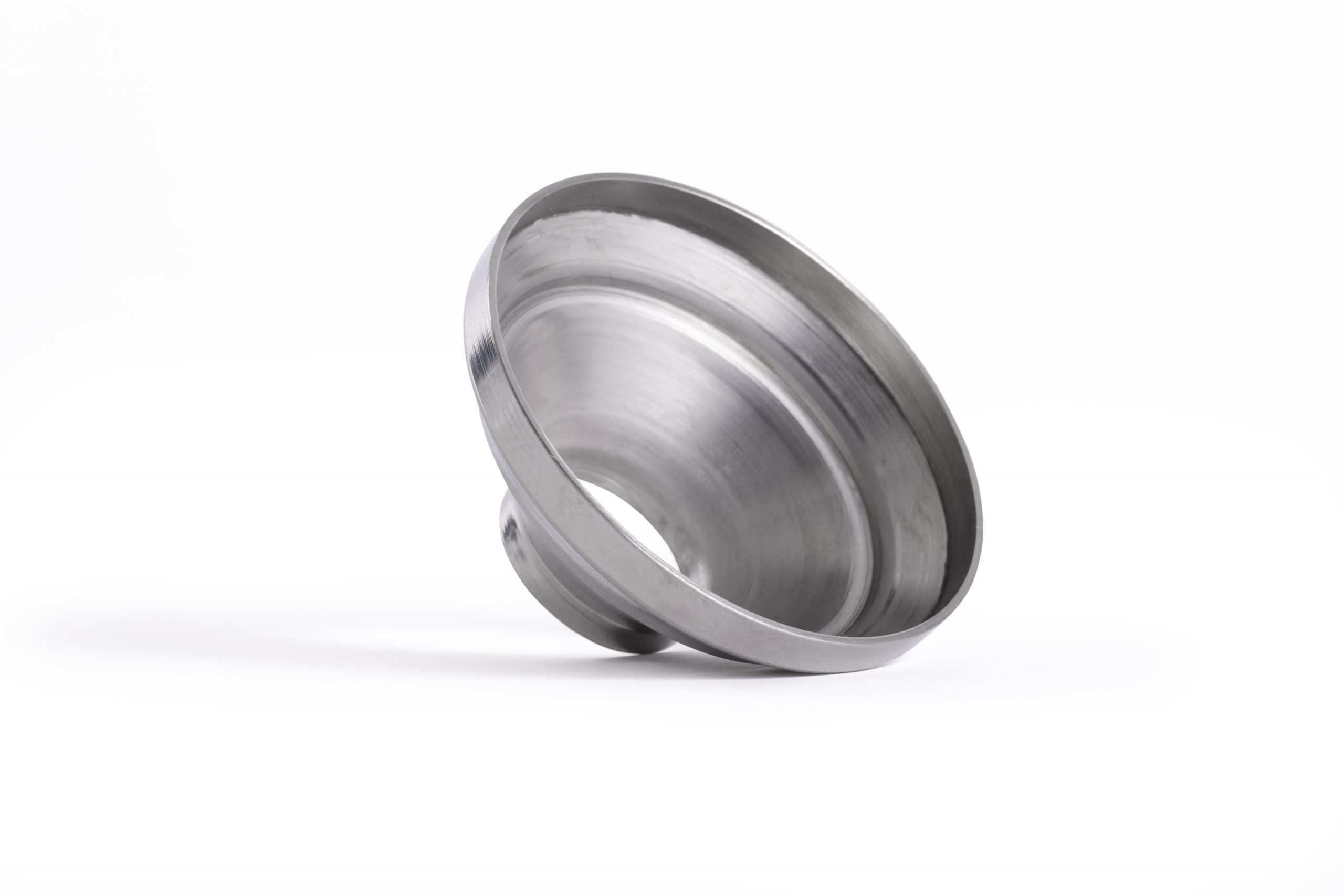 Bespoke Metal Spinning
Bespoke Metal Spinning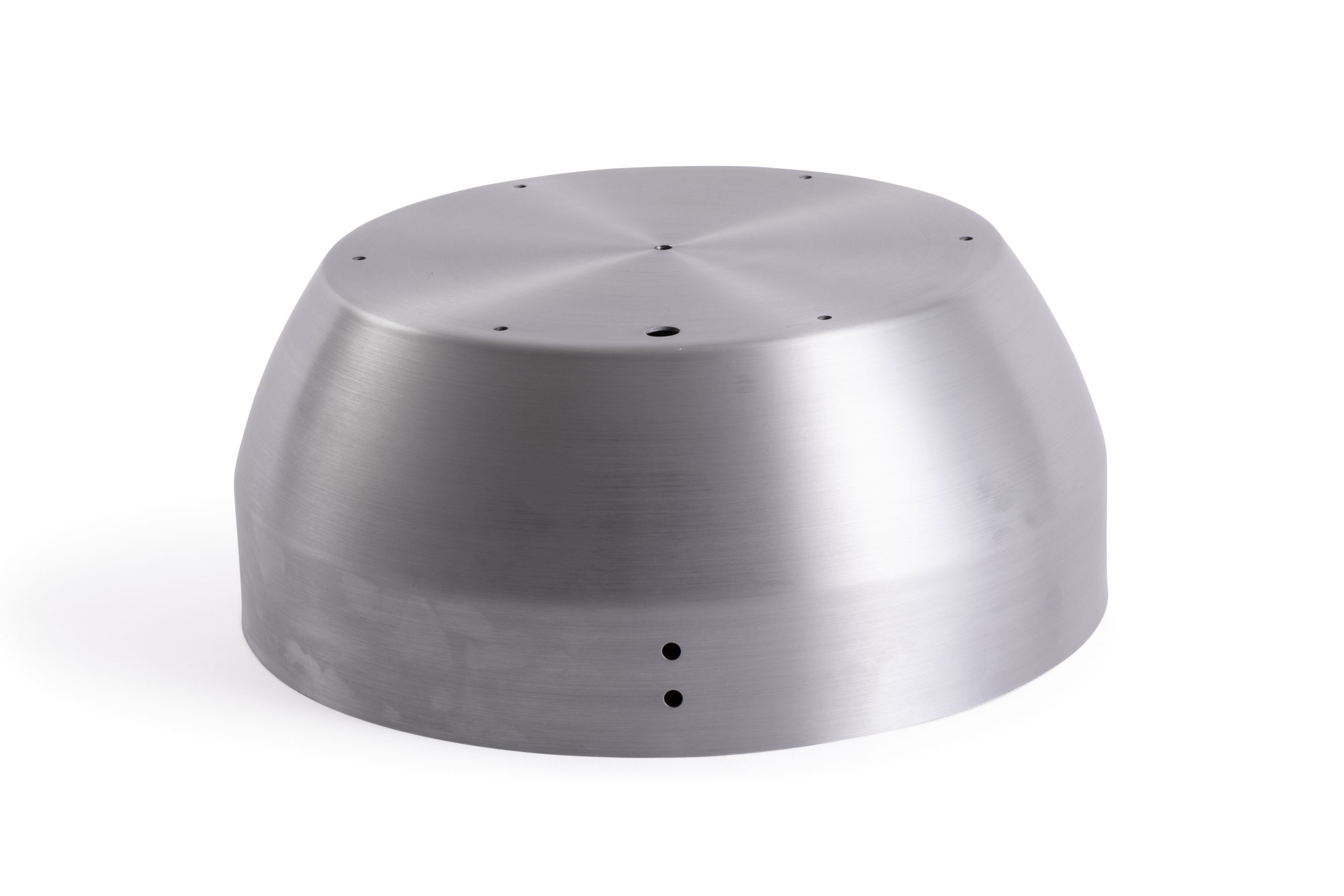 Metal Polishing
Metal Polishing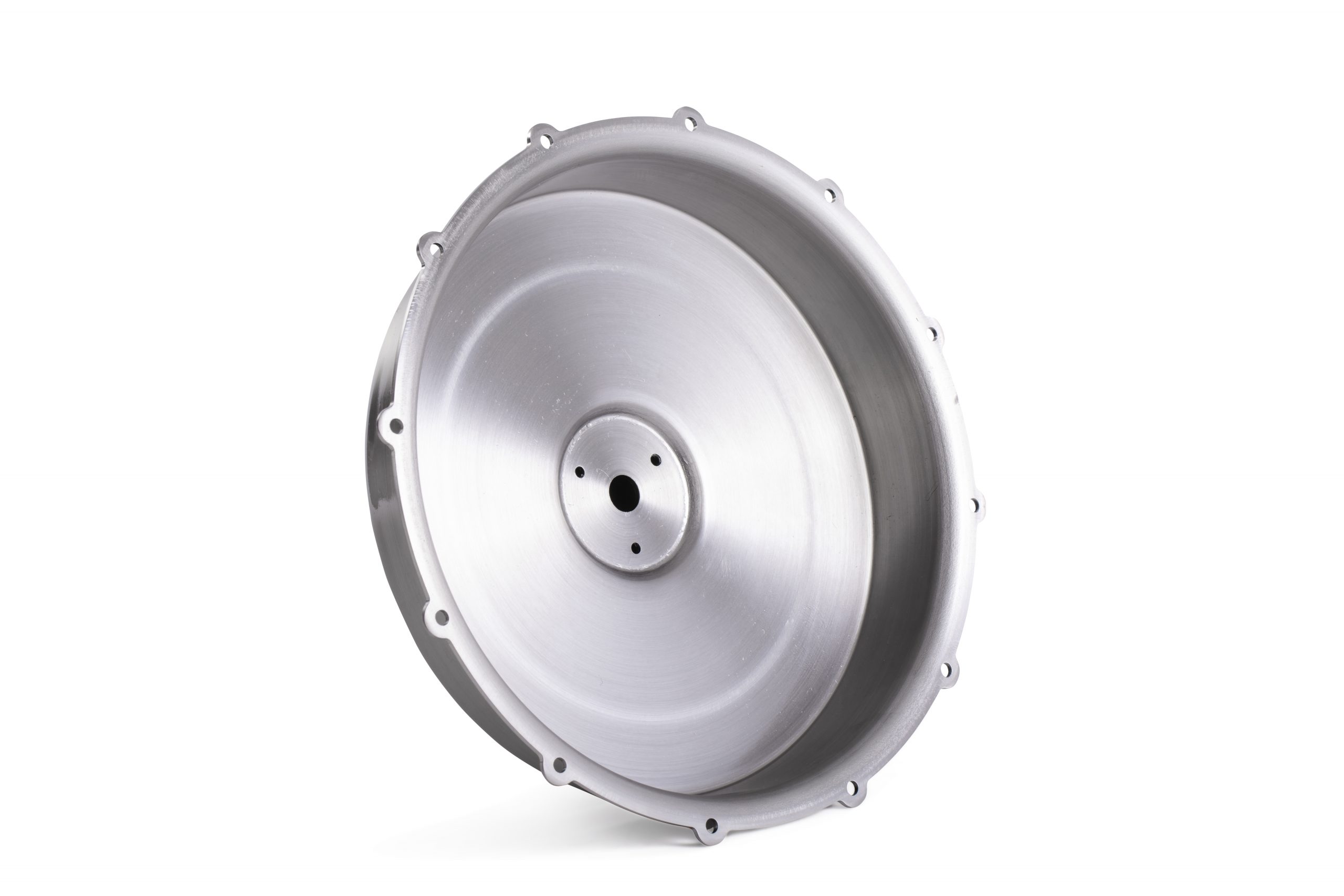 Machining
Machining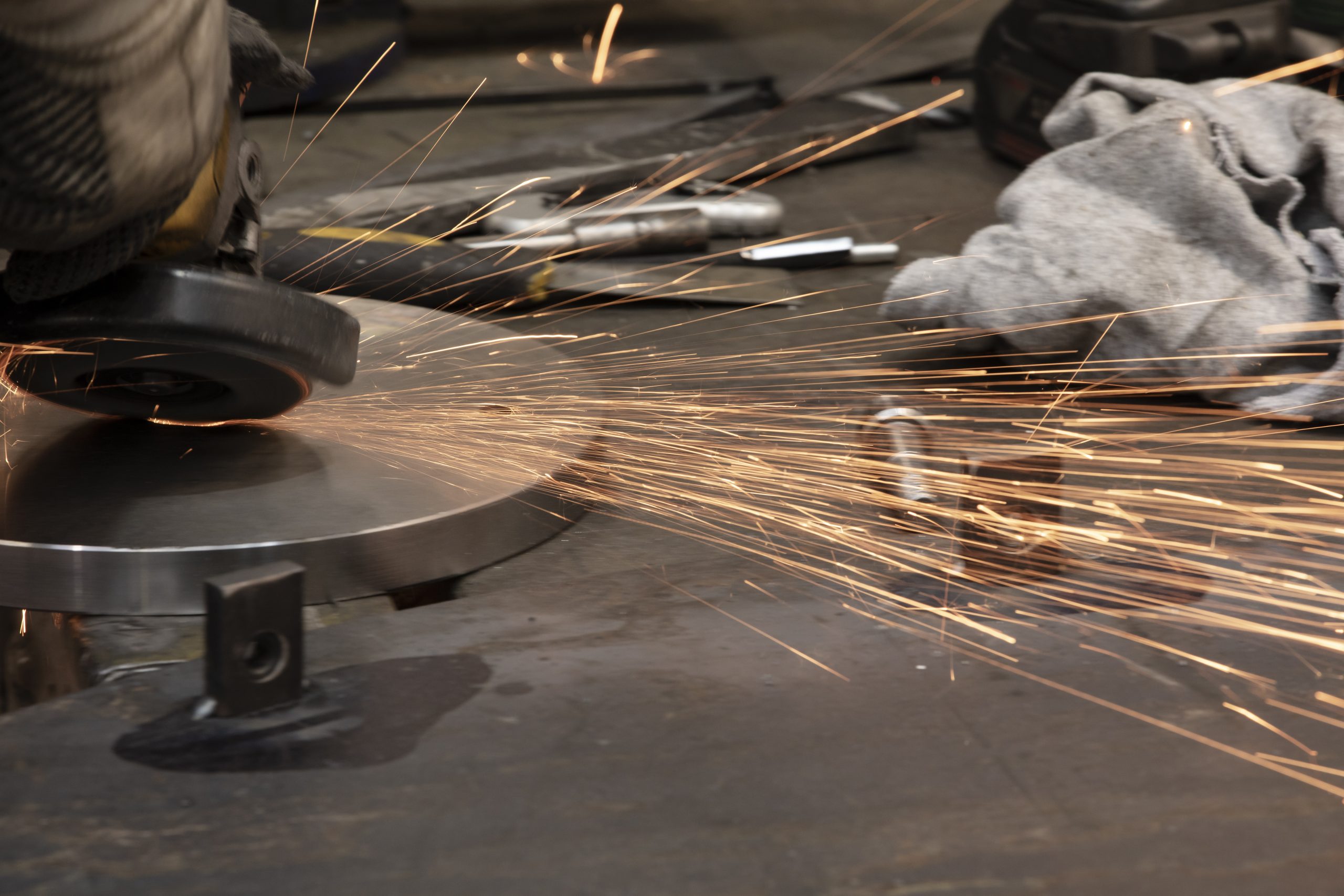 Metal Pressing
Metal Pressing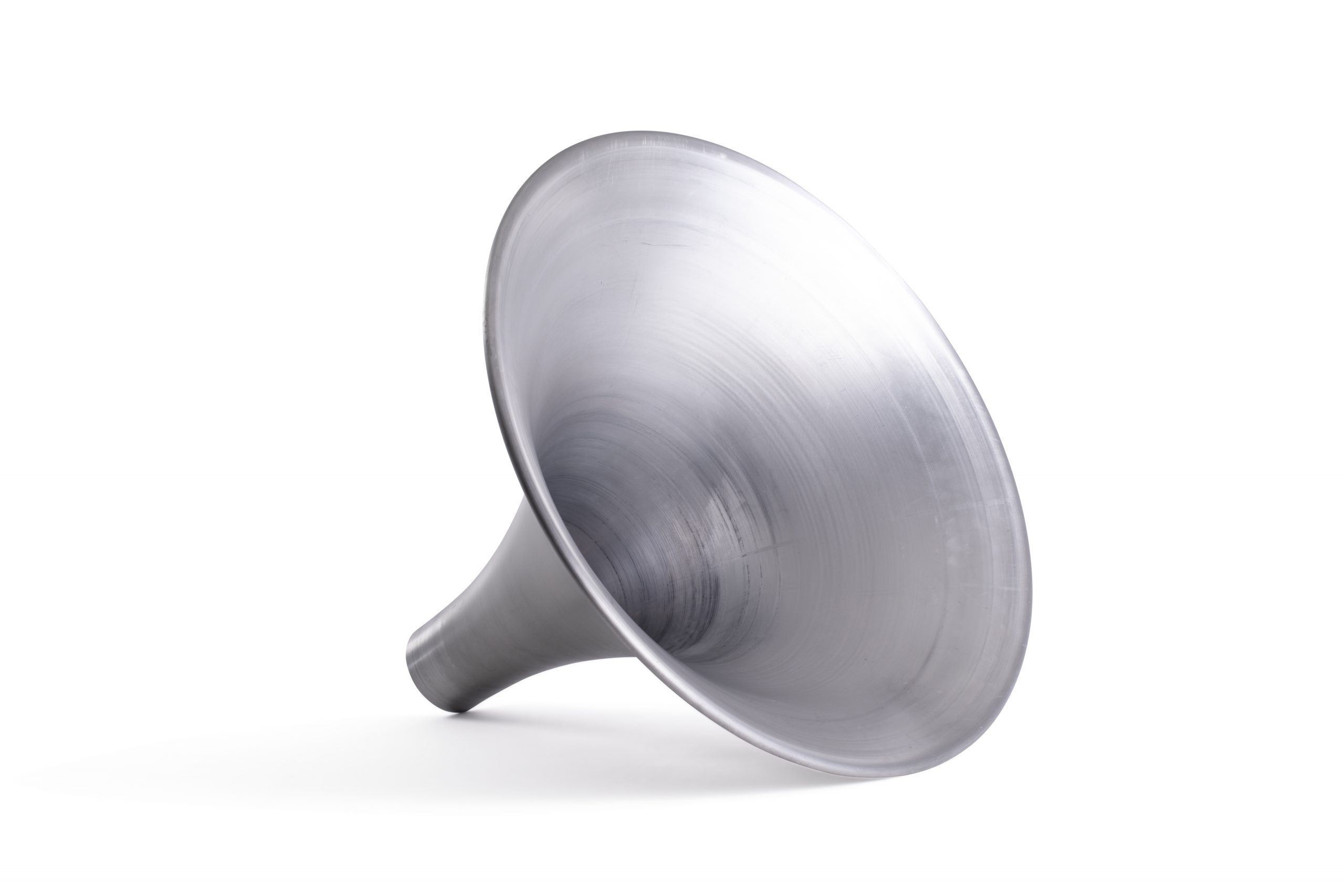 Metal Swaging
Metal Swaging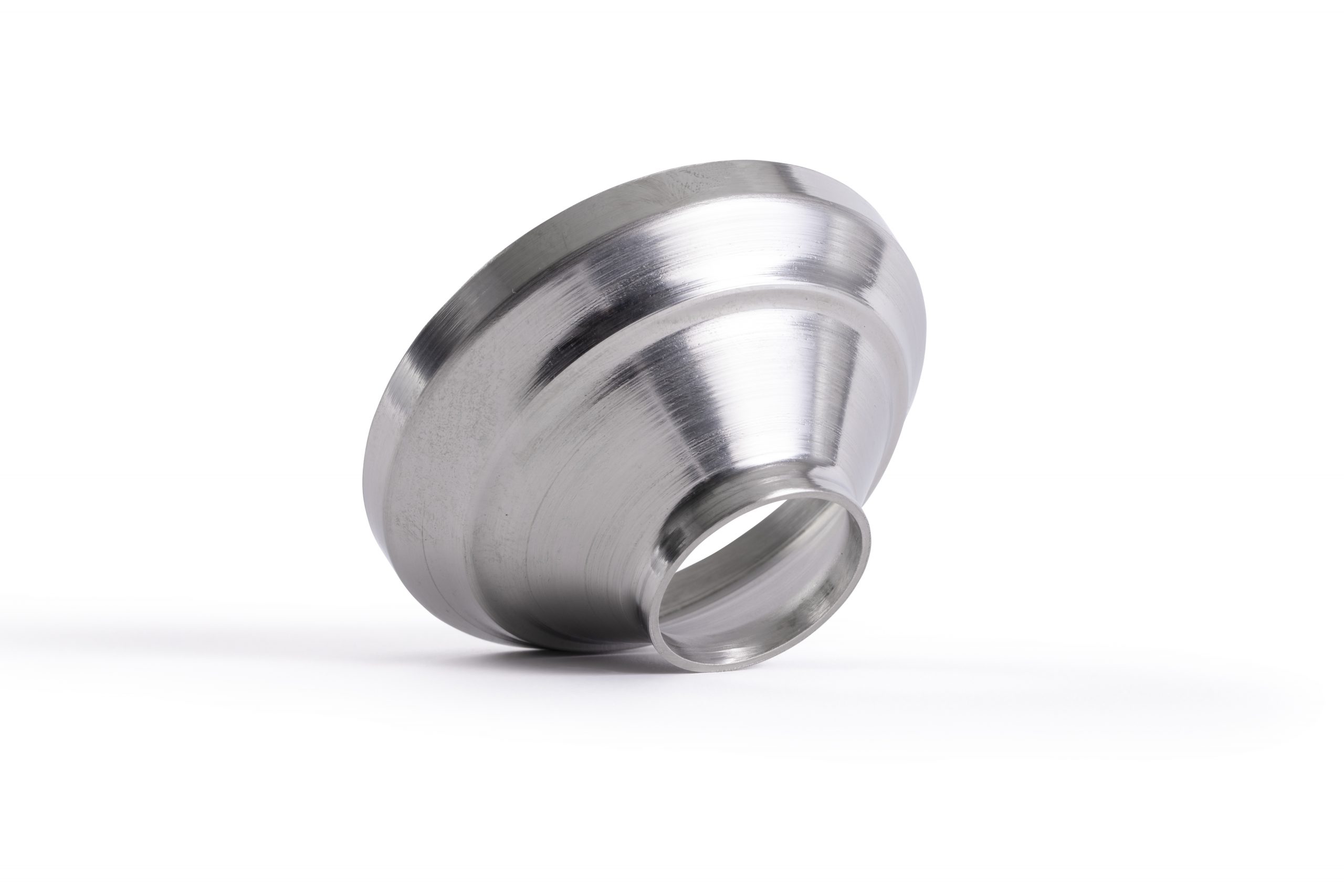 Metal Fabrication & Welding
Metal Fabrication & Welding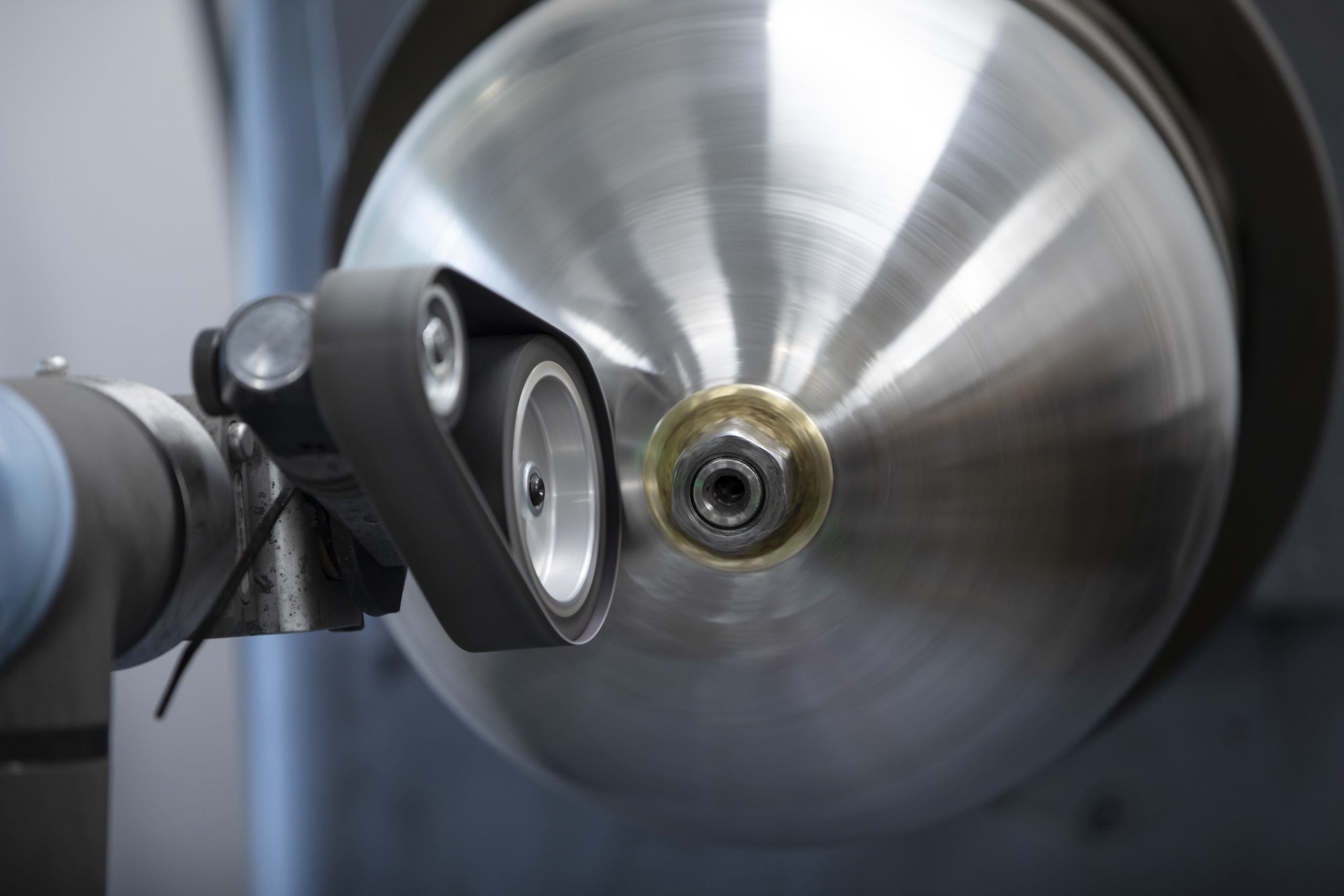 Precision Engineering
Precision Engineering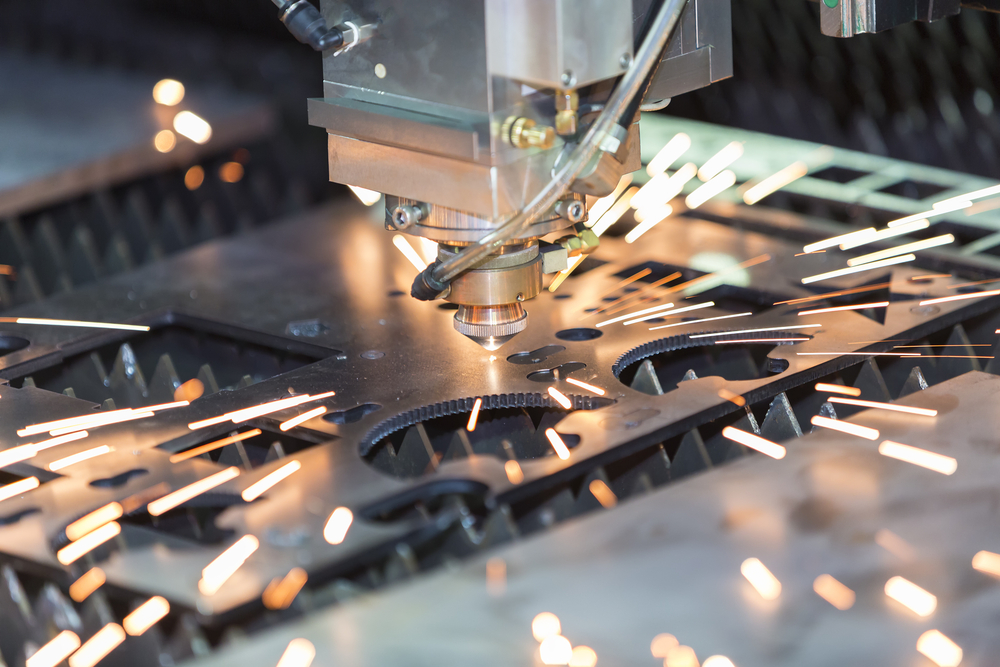 Laser Cutting
Laser Cutting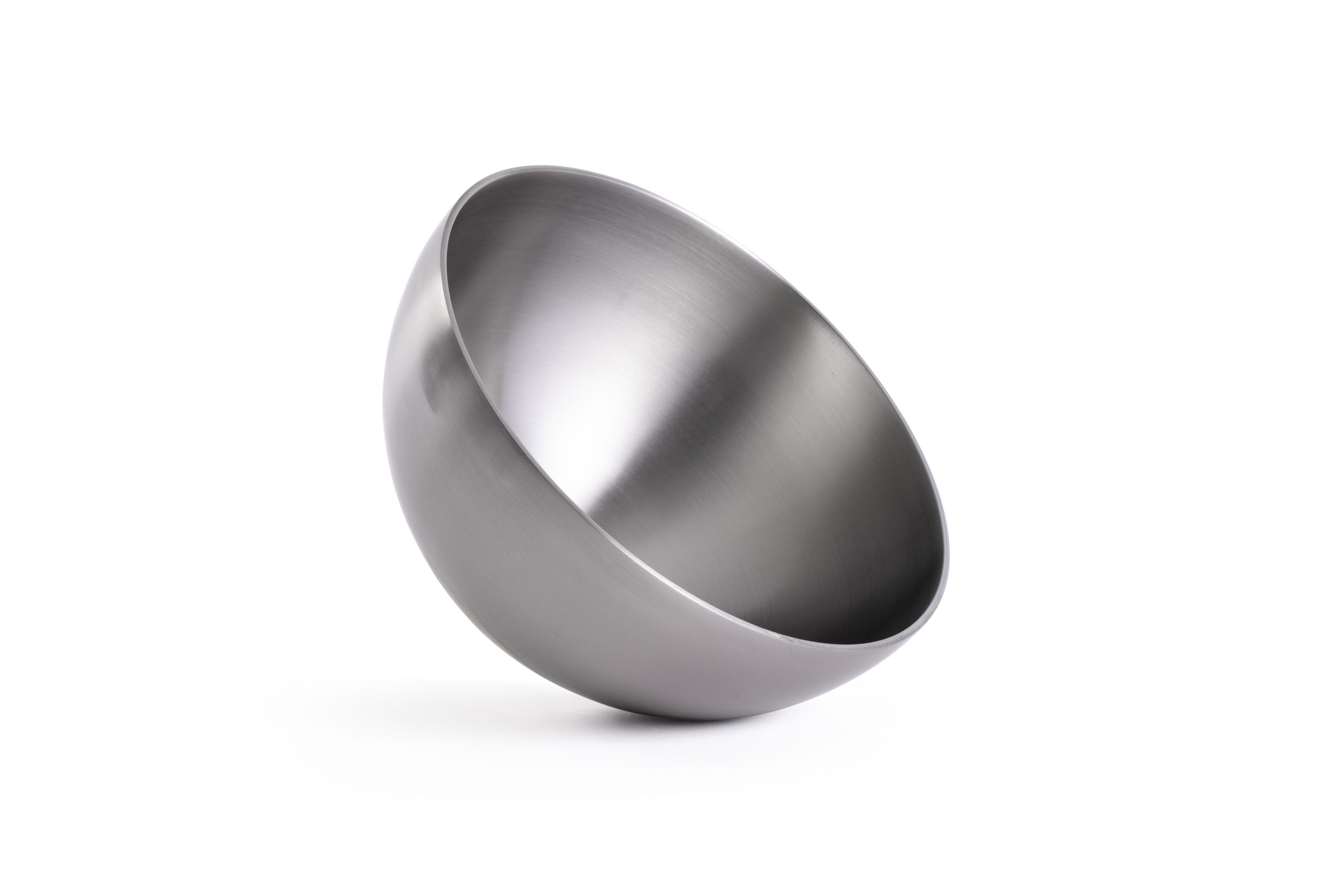 Inspection and Quality
Inspection and Quality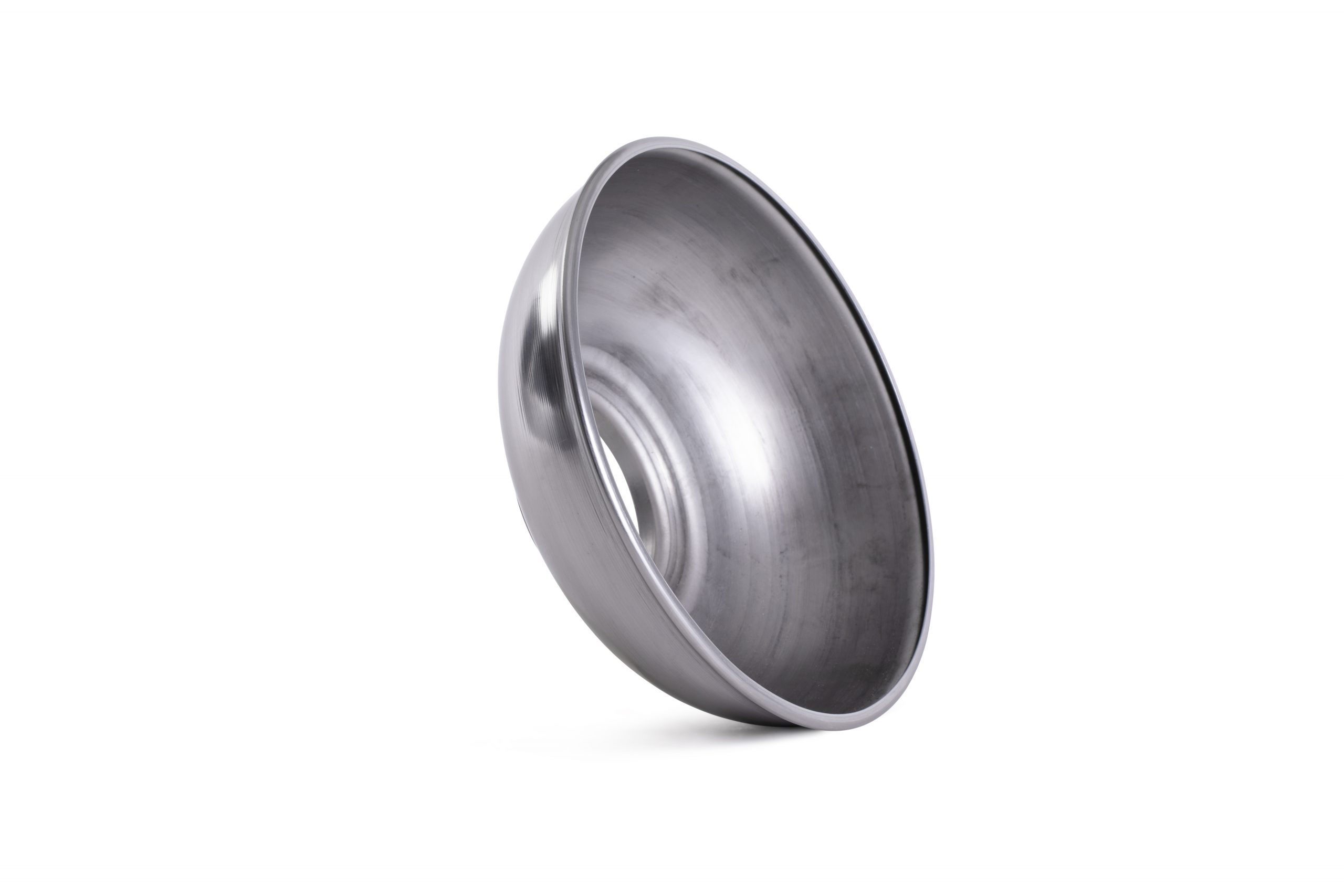 Anodising, Electropolishing and Pickling & Passivating
Anodising, Electropolishing and Pickling & Passivating Agriculture
Agriculture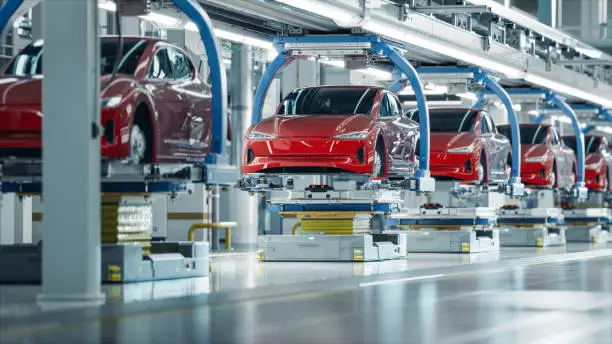 Automotive
Automotive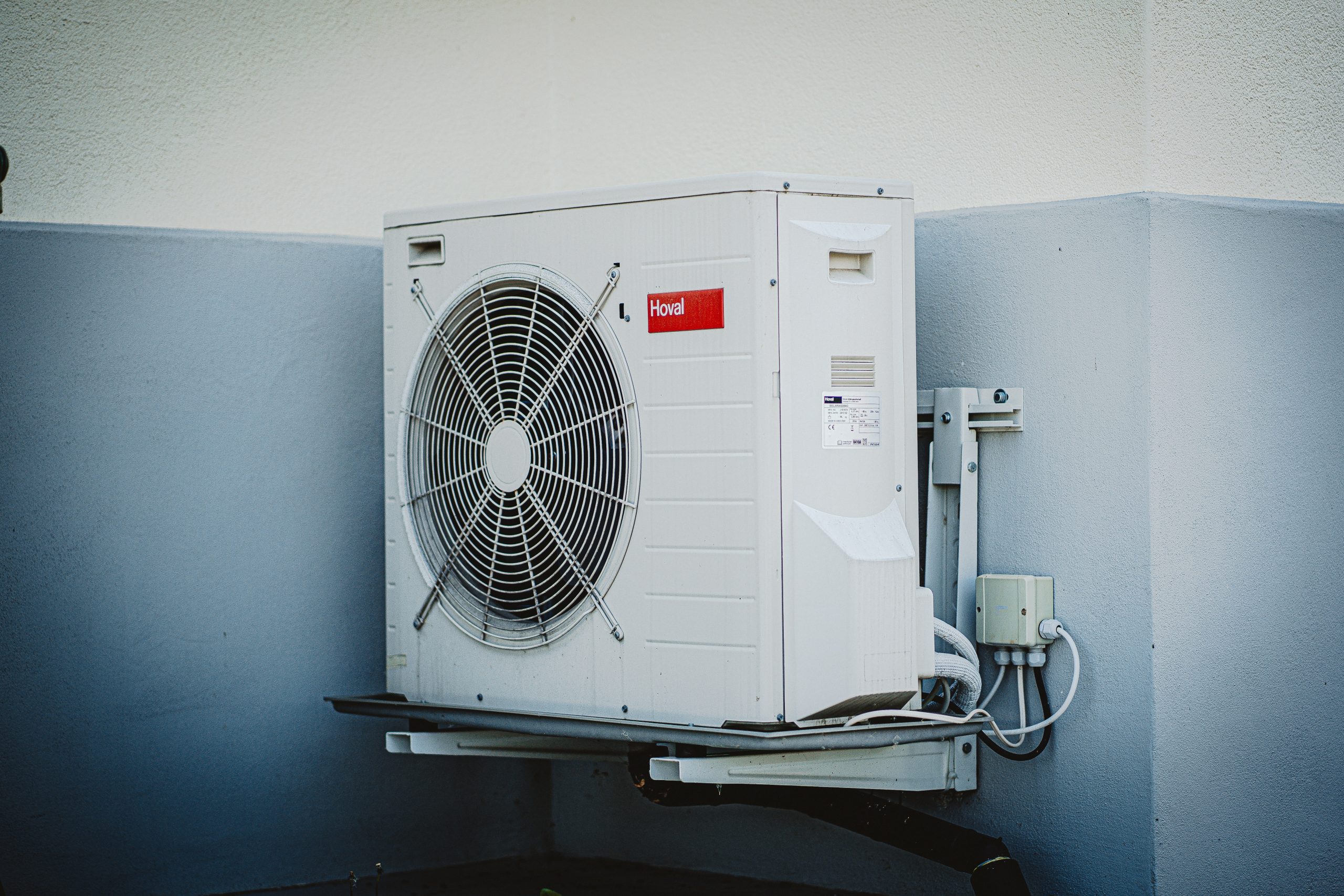 Air Movement
Air Movement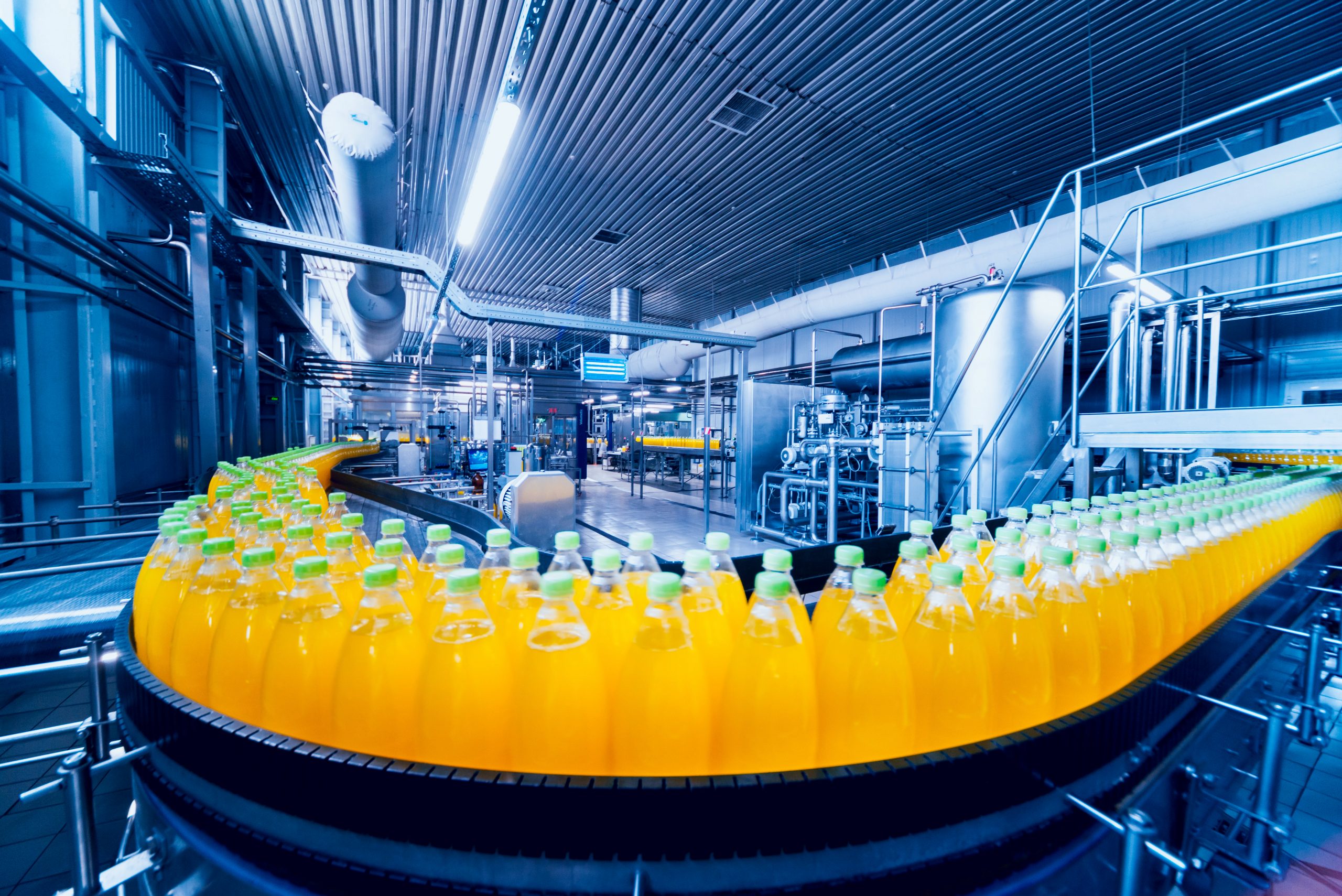 Food Industry
Food Industry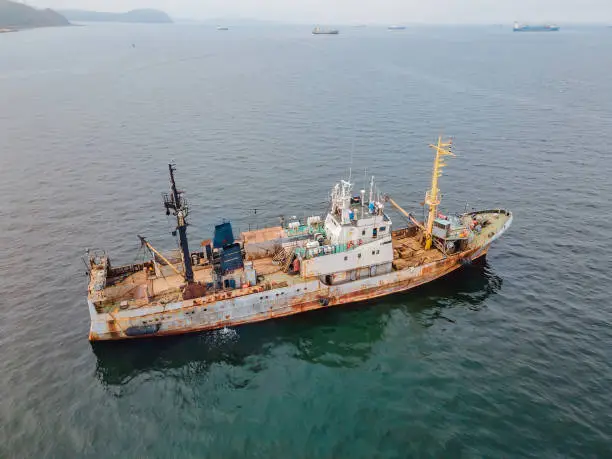 Marine
Marine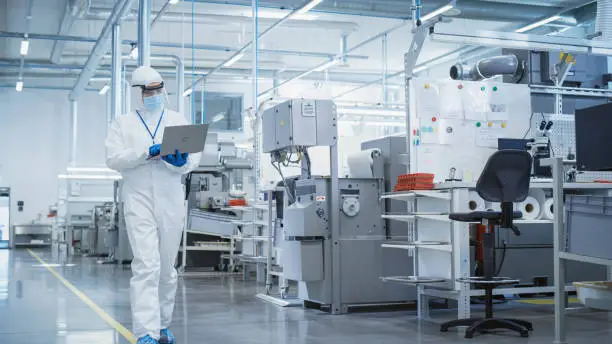 Medical and Cryogenic
Medical and Cryogenic Playground
Playground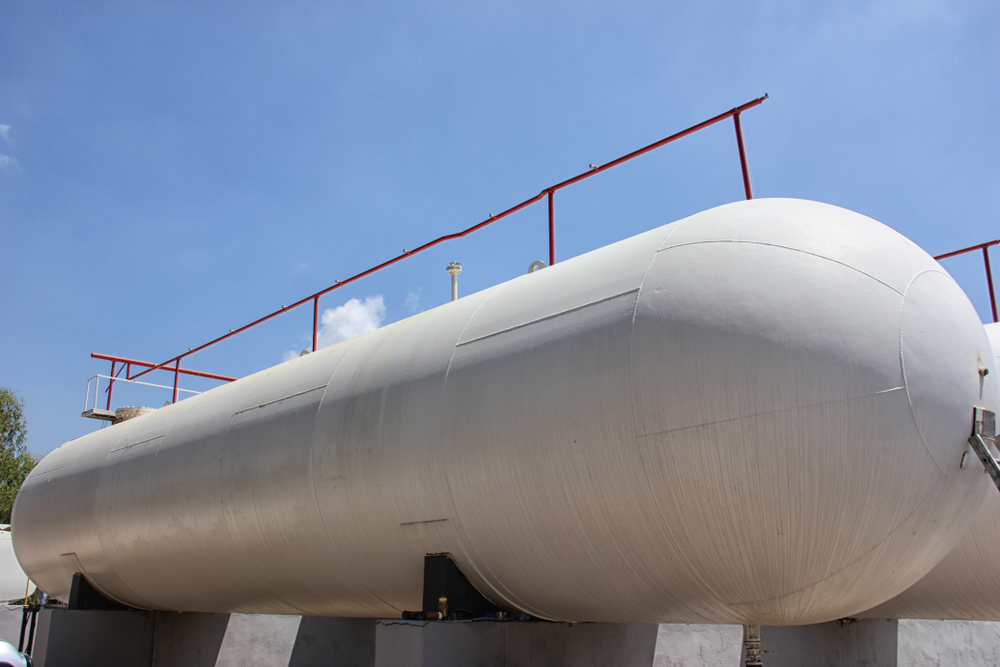 Pressure Vessels
Pressure Vessels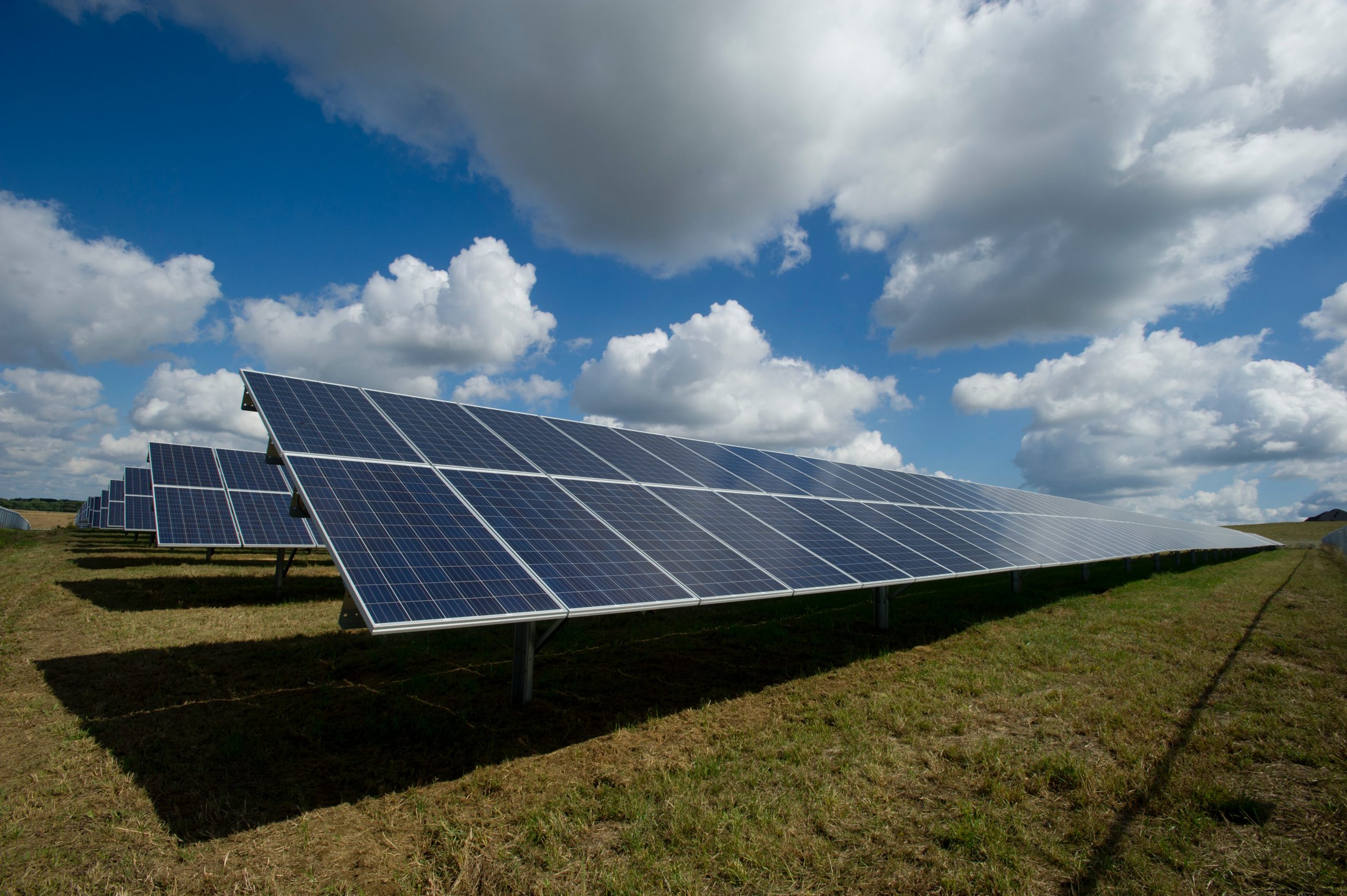 Renewable Energy
Renewable Energy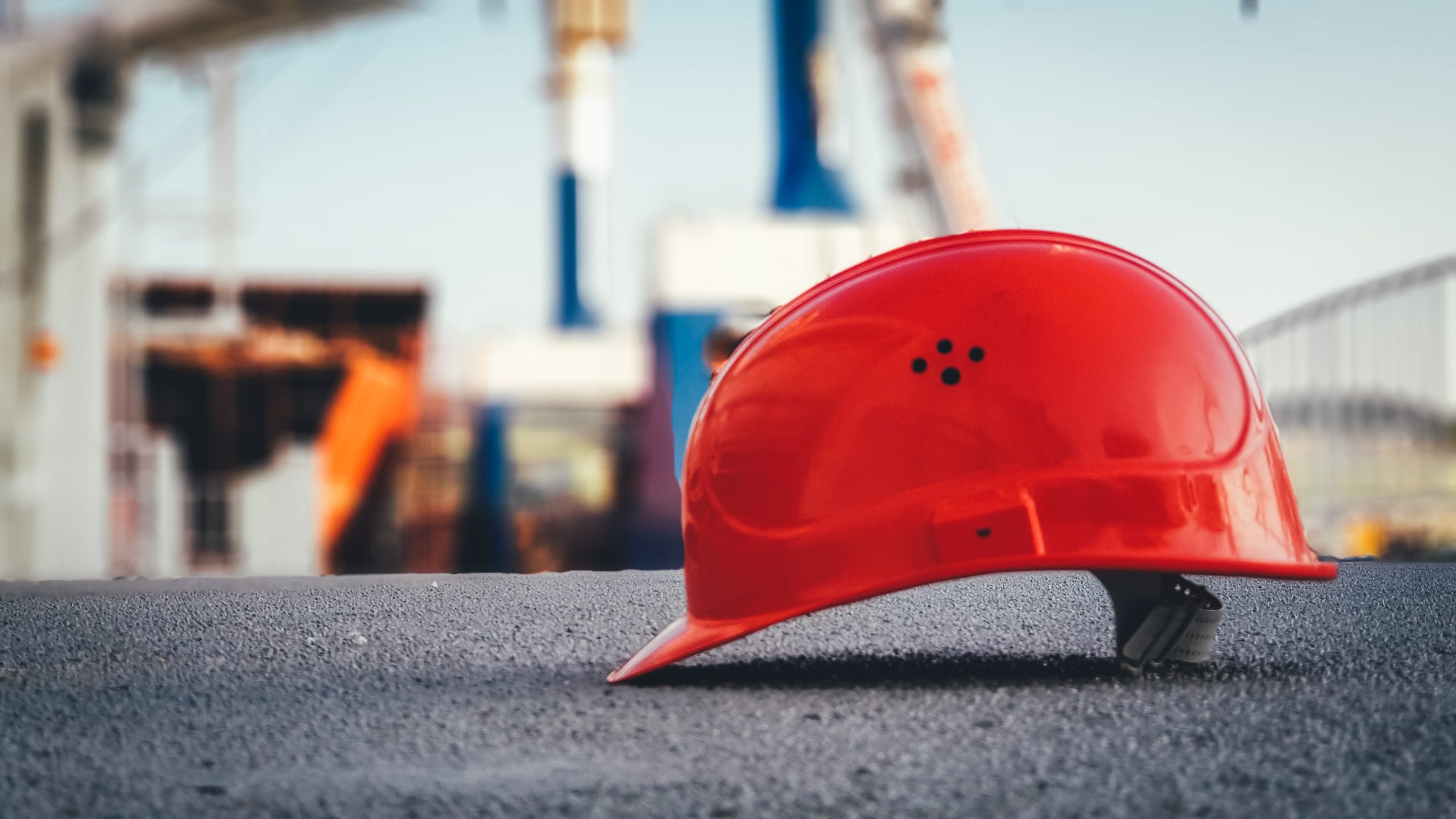 Safety
Safety